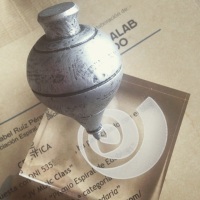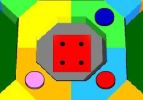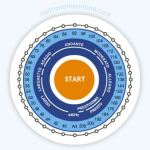¡Somos peonza de plata!

JV Music Class Instagram
No se encontró ninguna imagen en Instagram.
Thank you!
- 68.132 visits!
Search in my blog:




- Follow on WordPress.com
Archivo de la etiqueta: Dance
El vals
El vals (del galicismo valse, que a su vez procede del germanismo Walzer, término proveniente del verbo alemán walzen, ‘girar, rodar’) es un elegante baile musical a ritmo lento, originario del Tirol (Austria) por el siglo XII y del sur … Seguir leyendo
Publicado en ♫♪, Dance, Music History, post-romanticism, postrromanticism, Romanticism
Etiquetado Dance, Music History, strauss, vals, waltz
Deja un comentario
Dances and instruments in the tv series ‘Carlos, Rey Emperador’
The series is set in the sixteenth century and narrates the reign of Charles V. In this chapter, set in 1520, Margarita de Austria (Carlos’ aunt) and Fernando (Carlos’ brother) meet in Flandes. We can listen and see instruments from that … Seguir leyendo
Publicado en 1st evaluation 3ºESO, 3º ESO, Ancient instruments, Instruments, Music History, Renaissance, videos
Etiquetado 1st evaluation 3ºESO, 3º eso, ancient instruments, Carlos, Dance, laud, Music History, recorder, renaissance, Renaissance dance, Rey Emperador, videos, viola da gamba
Deja un comentario
♪Flamenco I: Influences♪
Flamenco is is a form of Spanish folk music and dance from the region of Andalusia. It includes cante (singing), toque (guitar playing) and baile (dance). Short video intro Gypsies who came to Spain in the XV absorbed all the cultural influenced in Spain: 1. Arabian melodies … Seguir leyendo
Publicado en 4ºESO, bolero, Dance, fandango, flamenco, seguidilla, Spanish folklore
Etiquetado 4ºeso, Boccherini, bolero, Dance, fandango, flamenco, folklore, Scarlatti, seguidilla
Deja un comentario
Seguidillas sevillanas
A ‘Sevillana’ is a typical dance and singing from Andalusia. Nowadays is danced in ‘ferias’ and ‘romerías’, before was usually danced inside the ‘corralas’ or courtyards. It originated before the time of the Catholic Monarchs , in compositions that were known as «Seguidillas … Seguir leyendo
Publicado en 4ºESO, Dance, Sevillanas, Spanish folklore, Traditional Music
Etiquetado 4ºeso, Dance, folklore, sevillanas, Traditional Music
1 Comentario








